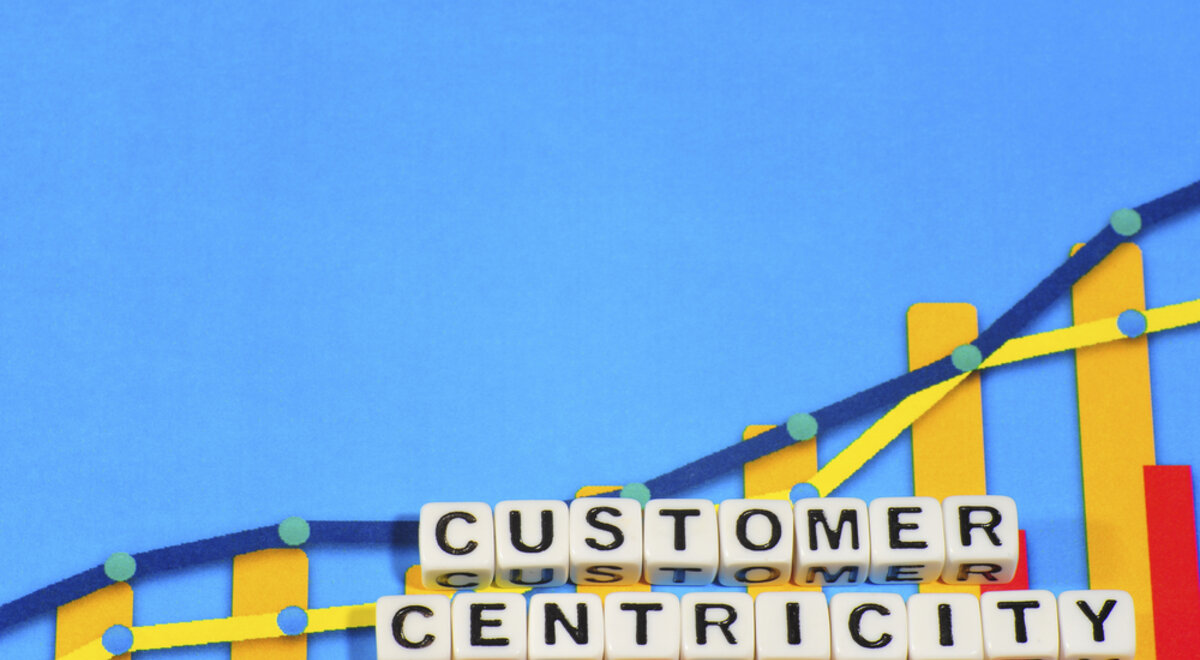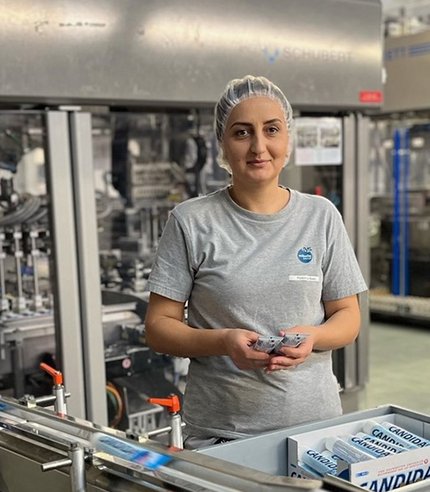Focusing on the customer has been a long established objective for employees of the Mibelle Group. Our customers follow similar strategies. So why this sudden interest in an approach to customer centricity which is being taught at major universities?
In my view, this new concept of customer centricity – a customer-oriented approach to business – is actually a step further than what we have learnt before. A company that practices customer centricity has a corporate culture that always places the customer at the centre of what it does. It reverses the value chain and asks the following questions: What do customers expect from us? What are their needs and wishes? How can we fulfil these and improve the customer experience? The latter is related to the new approach of customer centricity: customers not only benefit from excellent products – the entire process becomes a positive experience, in particular their relationship with the company. A multichannel strategy is key to creating a positive customer experience, allowing customers to engage with the company through any channel. One customer-centric approach which is externally visible at the Mibelle Group is this blog.
Everyone is involved
The customer centricity approach is highly complex because it must include all levels of the hierarchy within a company to succeed. And that means embracing change in all areas of the company. It starts at the top of the company with a management philosophy geared towards empowerment. Employees have all of the necessary information and expertise to make decisions and act within their department. However, this needs their full commitment and willingness to devote themselves to their tasks. One outstanding example of a customer-centric company is Swisscom. Anyone who has dealt with the Swiss telecommunications company has probably been surprised in a positive way about how customer-centric they are and how much goodwill their employees often show to their customers. And that they really enjoy doing it.
But what does that mean for a company like the Mibelle Group which doesn’t provide «standard products» bundled into a package but instead develops products from scratch? I am convinced that our chances of living a customer-centric approach are much greater for exactly this reason. We already work closely with our customers and often build up personal relationships with them. It goes without saying that maintaining a healthy balance of both what the customer and our company need must be ensured in this process. Just like any other company, we are also striving for a sustainable future at the Mibelle Group
Creating positive experiences
Have you ever wondered why football fans remain loyal to their club even when the team may not be scoring high on the success front? The answer is simple: their loyalty is influenced by an emotional connection to the team. I am also convinced that fans know that every member of the team plays a role in the team’s success whatever their position, that everyone is fully aware of the team’s performance and acts for the good of the entire team – whether they are the captain, ball boy or physiotherapist. Just imagine what would happen if the physiotherapist didn’t massage one of the footballers properly – it could seriously affect their performance in the match. The wrong sports drink mixture could cause heartburn.
I believe that our corporate culture in the Mibelle Group is on the right path towards customer centricity. But we can still learn more in how we work together and even more so when we ask ourselves: How can we create more positive experiences for our customers in relation to our products and services? I don’t mean simply wanting to please our customers or attracting customers with major marketing campaigns. I am asking how we can turn our work into an experience for our customers. How can we include our customers – if they want to be included – and how can we show how much energy we put into our proposals, product developments, production and logistics?
One thing is certain: we used to talk about the customer being king but now they really are. With changes in communication culture and public dialogue between people about their experiences via social media, customers are even more powerful and influential. At the same time, these changes have turned them into exciting business partners by opening the door to direct customer feedback. This is why customer centricity is not just a buzzword to me, rather it is the basis of working together successfully and to securing the future for our company.







